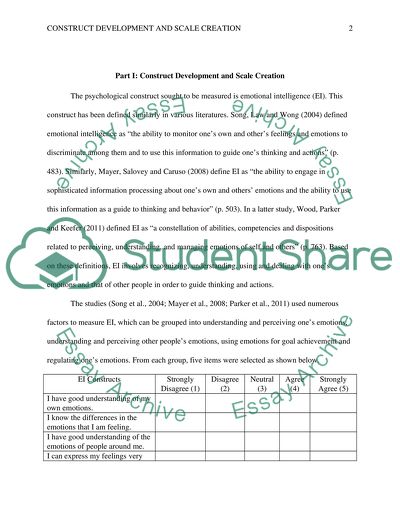Cite this document
(“Construct development and scale creation Research Paper”, n.d.)
Retrieved from https://studentshare.org/psychology/1462656-construct-development-and-scale-creation
Retrieved from https://studentshare.org/psychology/1462656-construct-development-and-scale-creation
(Construct Development and Scale Creation Research Paper)
https://studentshare.org/psychology/1462656-construct-development-and-scale-creation.
https://studentshare.org/psychology/1462656-construct-development-and-scale-creation.
“Construct Development and Scale Creation Research Paper”, n.d. https://studentshare.org/psychology/1462656-construct-development-and-scale-creation.


